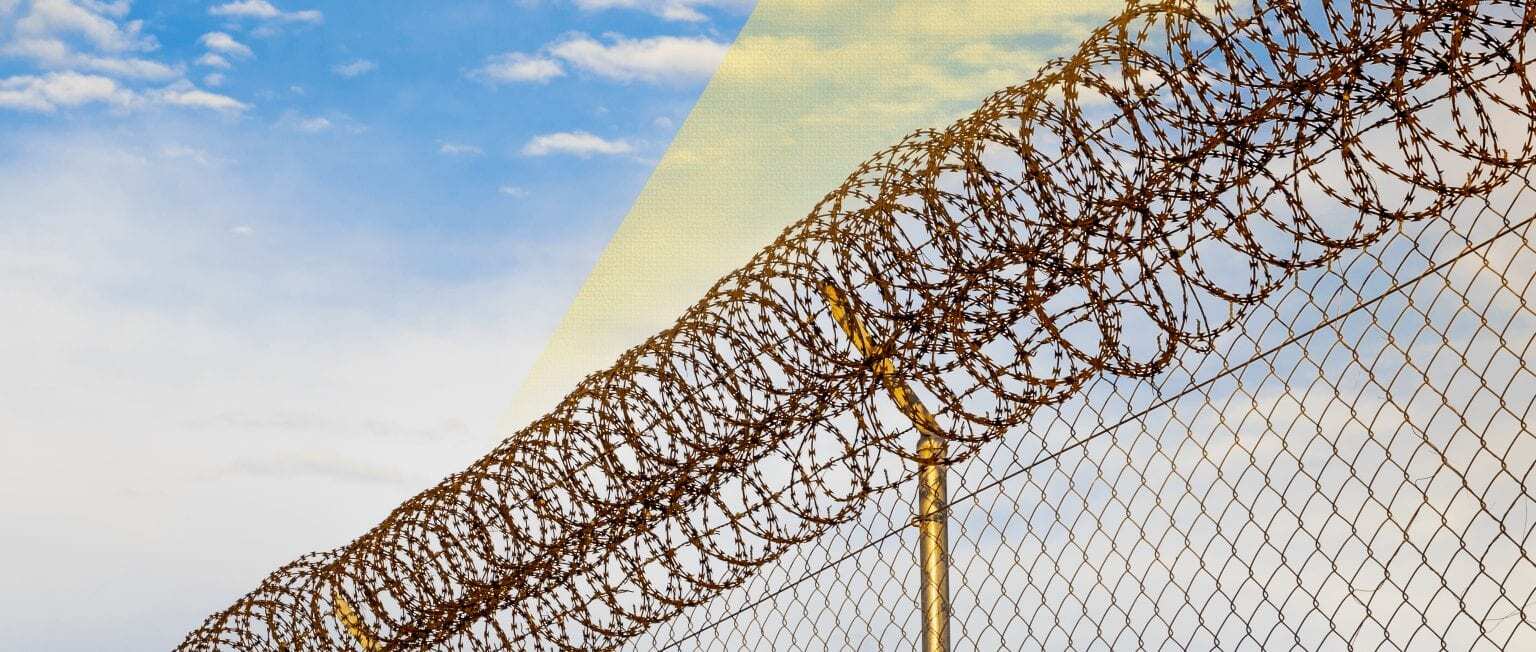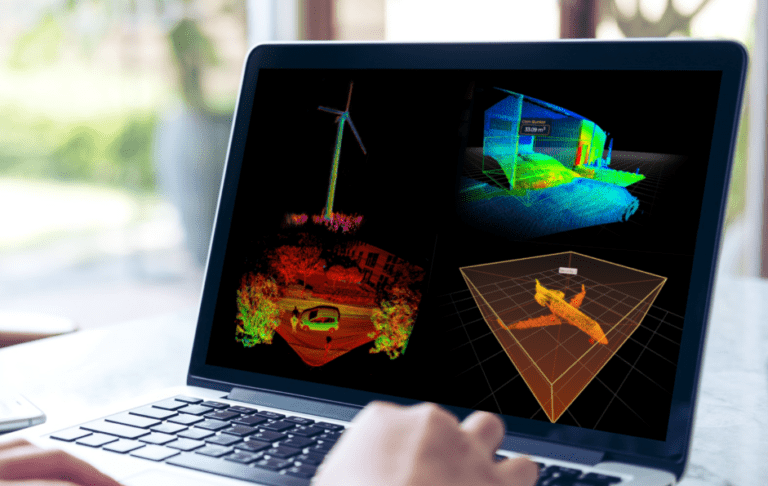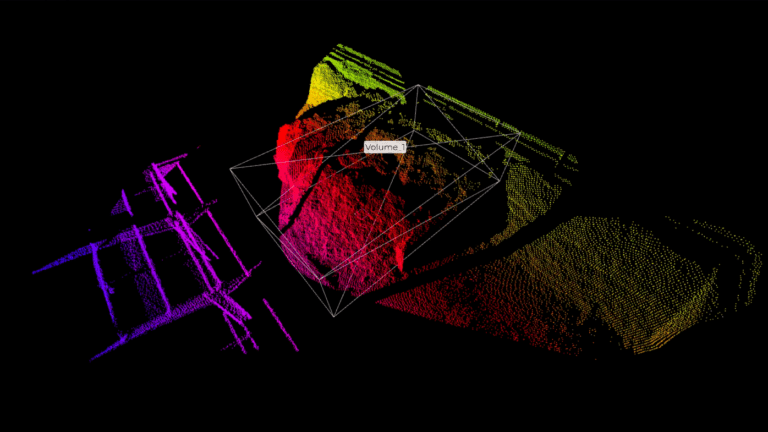Traditional security systems are very intricate and comprise multiple sensors, like CCTV (closed-circuit television) cameras or radars, but are also rife with errors and loopholes and therefore present numerous risks and challenges. These include false alarms, high installation and maintenance costs, and sensitivity to weather conditions, jeopardizing the entire system’s efficacy and reliability.
Consequentially, security solution providers have been searching for technology alternatives to enhance the security of building perimeters, airports, or industrial plants, etc. while circumventing the issues mentioned above. Enter LiDAR in security, which tackles these debilitating problems thanks to its superior modus operandi and features. LiDAR can create high-resolution 3D images to precisely detect the size, direction, and velocity of objects in its field of view. Other technologies in security achieve parts of that but can never emulate the accuracy and 3D imaging capabilities of LiDAR. Unlike cameras, LiDAR also works better in all lighting and atmospheric conditions, allows real-time tracking, and is very hard to compromise or hack. All these qualities make LiDAR in security applications an attractive proposition.
The composition of LiDAR Security Solutions
It is important to note that using LiDAR in security applications doesn’t necessarily mean forsaking all other sensors. Instead, it complements all other technologies and fills in the vulnerabilities to make a security system truly ‘smart’ and fool-proof.
A typical security system, overseeing perimeter security of a corporate building for example, comprises multiple sensors. This would include motion sensors, an intrusion detection sensor for glass or door break, object detection sensor like LiDAR, Radar, or infrared camera, and a visual locator like a CCTV or IP camera.
Taking our previous example, if the building has installed a LiDAR-based security solution, it will consist of LiDARs mounted at various points and spread throughout the perimeter of the infrastructure to facilitate object detection. The total number of LiDAR sensors and their location depends on the type of the sensor employed. LiDAR can be used as the initial object/person detection mechanism, meaning only when it detects an anomaly, a CCTV camera or other appropriate sensors can be switched on. LiDAR data is sent to an AI-based 3D perception software platform that processes, tracks, and classifies objects and decides whether to issue an alarm or not. This saves precious resources while maintaining high anonymity levels for the detected individuals, thanks to the nature of data featuring distance information rather than color information.
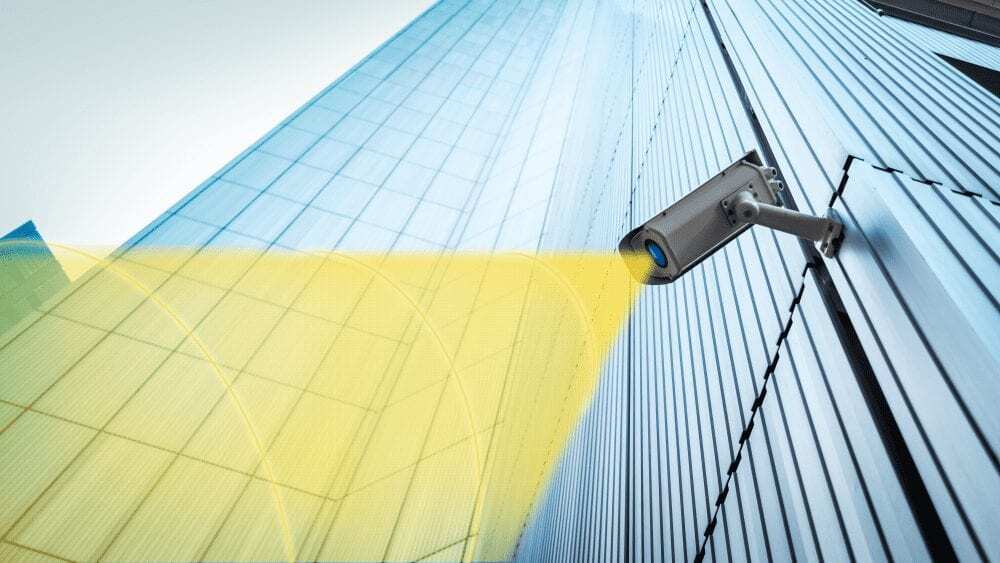
Adding LiDAR into the arsenal enables automated PTZ (Pan-Tilt-Zoom) control on the target’s position, which employs the bounding box technique to track the target at all times. It also pinpoints the exact location of a threat on a map, thus providing a complete and nuanced perspective of the security perimeter. The very low probability of a false alarm empowers security personnel to respond to threats with complete confidence, preventing alarm fatigue.
LiDAR, together with complementary sensors, collect environmental data to create a complete overview of the protected space. The object information can then be sent in real-time to a VMS (Video Management System) usually on a third-party server, which assimilates data from every sensor involved and compiles them to create a holistic picture.
Common Applications of LiDAR in Security
Perimeter Security
LiDAR can monitor fences and detect any unexpected object within the set boundaries with great accuracy. By providing long-range, centimeter-accurate, and real-time distance measurements of objects in a wide range of lighting conditions, a complete picture of the 3D space can be generated. This also enables the implementation of advanced security techniques like customized digital boundaries, fenceless barriers or the implementation of a nuanced Perimeter Intrusion Detection (PID) system. On the other hand, a LiDAR-based security system can also monitor an entire property and create a detailed 3D model of the environment to track people and objects.
Secured Entrances and Checkpoints
LiDAR is great for tracking people in crowded environments while gathering no information about their identity . From corporate buildings to concert halls, LiDAR can effectively keep the overview and count the number of people passing through an entrance, thus enabling effective access control and crowd management.
Benefits of LiDAR in Security Systems
LiDAR Compared to Other Sensors
LiDARs are gaining in popularity for security and surveillance applications and easily beats its counterparts like cameras or radars courtesy characteristics like long range, centimeter level accuracy, high reliability, and ability to operate in diverse lighting conditions.
In comparison, the most commonly used technologies, like CCTV cameras, are mostly passive and struggle to provide detailed information in real-time. Instead, they are mainly used as deterrents or as a means to capture the incident to be viewed later. Also, they cannot operate in bad weather conditions and low light without additional hardware, are prone to optical illusions, and offer only 2D results. A CCTV camera-based security system is essentially blind at night or during a snow storm, for example. Although infrared and thermal cameras can be used to identify objects fairly accurately even in low light conditions, they are very expensive and are again unable to produce 3D images. To circumvent some of these problems, some security systems also incorporate radar sensors. However, the radar’s biggest drawback is its image clarity or resolution, which is generally lower than LiDAR. Thus, it also struggles to effectively complement cameras and detect and classify objects with sufficient accuracy.
LiDAR in Security Guarantees Privacy
Another key advantage of using LiDAR as the initial source of object detection over the camera is privacy protection. Since LiDAR captures 3D information rather than color info, it depicts individuals as 3D objects and does not create a recognizable image. Thus, the information it provides is anonymized and caters to all facial recognition concerns in surveillance applications. This stands in strong contrast to camera images.
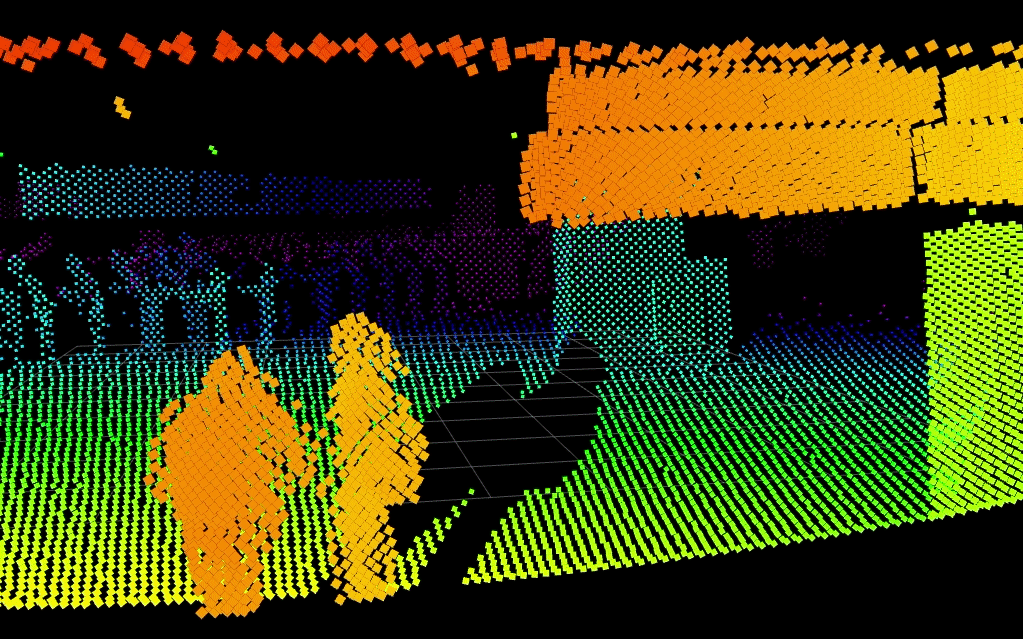
LiDAR Systems are Easy-To-Manage
Easy-to-setup and manage, most LiDAR security and surveillance solutions employ machine learning and 3D perception algorithms to automatically scan the field of view, generate point cloud data, and feed anonymized information into the system. This creates a fully automated security solution, which also has setup efficiency and simplicity benefits over camera-based systems.
LiDAR is the future
Not too long ago, having any security systems and surveillance equipment installed was considered as a drastic and vain endeavor. However, today, infrastructures with even the most up to date security apparatus are constantly under physical threats. Therefore, it is imperative to upgrade the legacy systems and employ more nuanced approaches and advanced tools for smart, efficient, and automated security systems. LiDAR-based security systems offer all these features and enable effective and real-time threat detection in both private and public spaces which is why they will act as a pivotal technology role in safety and security solutions landscape in the near future.

